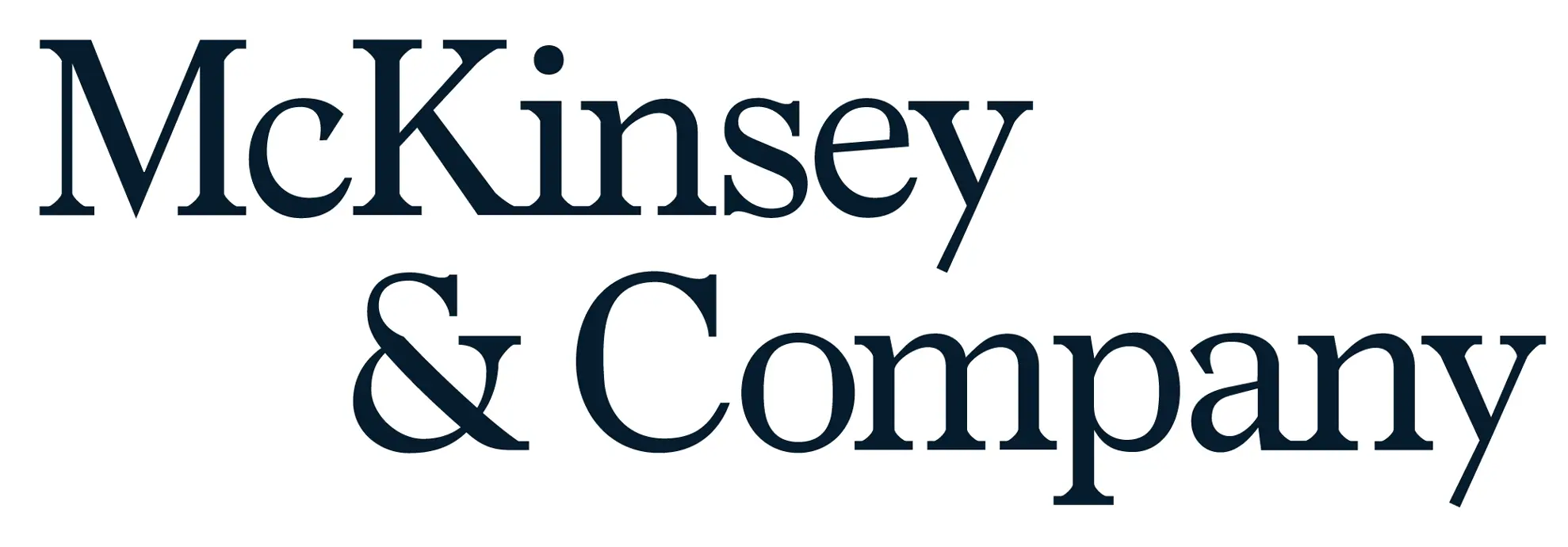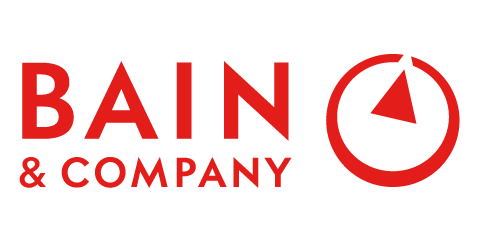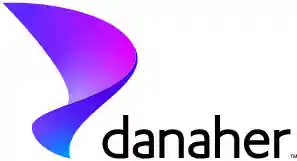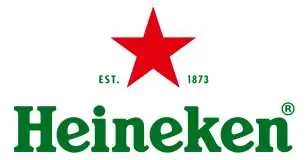
Dairy Blends Market Trends, Size, Growth, Revenue, Analysis, Challenges and Future Outlook
Dairy Blends Market Growth, Size, Trends Analysis - By Application, By Form - Regional Outlook, Competitive Strategies and Segment Forecast to 2034
| Published: Jan-2025 | Report ID: FOOD2508 | Pages: 1 - 256 | Formats*: |
| Category : Food & Beverages | |||

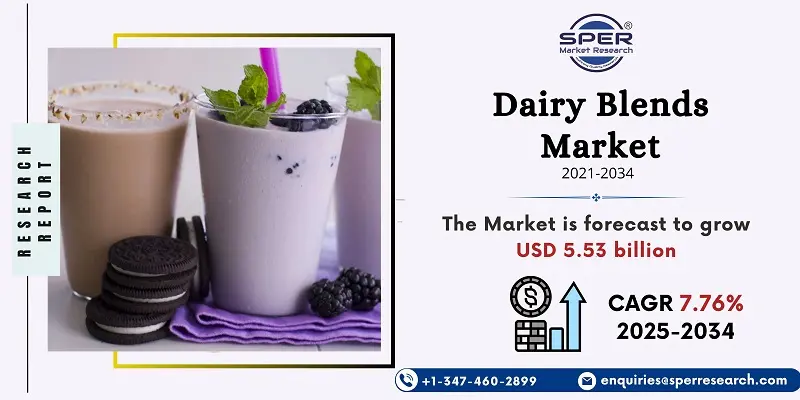
- Frisian Flag Indonesia, a FrieslandCampina affiliate, announced in July 2024 the launch of a new dairy facility in Indonesia's West Java province. This factory would serve as the company's principal center in Southeast Asia, allowing the dairy business to expand globally. The plant will have an annual production capacity of 700 million kg for dairy products, including milk blends.
- Fonterra Co-operative Group Ltd. announced in February 2024 that it would soon merge its dairy companies in Australia and New Zealand (Fonterra Australia and Fonterra Brands New Zealand). This move is expected to strengthen the company's position in the region.
- International Flavors & Fragrances Inc. and Health & Biosciences added four new cultures to their YOY MIX ViV product line in 2022 in order to meet the demands of yogurt producers. The goal of these new cultures is to help manufacturers overcome their challenges so that superior products can be produced.
| Report Metric | Details |
| Market size available for years | 2021-2034 |
| Base year considered | 2024 |
| Forecast period | 2025-2034 |
| Segments covered | By Application, By Form. |
| Regions covered | North America, Latin America, Asia-Pacific, Europe, and Middle East & Africa. |
| Companies Covered | All American Foods, Kerry Group plc, FrieslandCampina, Cargill, Incorporated, Fonterra Co-operative Group Limited, Döhler GmbH, Agropur, AFP advanced food products llc, Cape Food Ingredients, Intermix Australia Pty Ltd. |
- Global Dairy Blends Market Size (FY’2021-FY’2034)
- Overview of Global Dairy Blends Market
- Segmentation of Global Dairy Blends Market By Application (Food, Beverages, Infant Formula, others)
- Segmentation of Global Dairy Blends Market By Form (Spreadable, Powder, Liquid)
- Statistical Snap of Global Dairy Blends Market
- Expansion Analysis of Global Dairy Blends Market
- Problems and Obstacles in Global Dairy Blends Market
- Competitive Landscape in the Global Dairy Blends Market
- Details on Current Investment in Global Dairy Blends Market
- Competitive Analysis of Global Dairy Blends Market
- Prominent Players in the Global Dairy Blends Market
- SWOT Analysis of Global Dairy Blends Market
- Global Dairy Blends Market Future Outlook and Projections (FY’2025-FY’2034)
- Recommendations from Analyst
1.1. Scope of the report1.2. Market segment analysis
2.1. Research data source
2.1.1. Secondary Data2.1.2. Primary Data2.1.3. SPERs internal database2.1.4. Premium insight from KOLs
2.2. Market size estimation
2.2.1. Top-down and Bottom-up approach
2.3. Data triangulation
4.1. Driver, Restraint, Opportunity and Challenges analysis
4.1.1. Drivers4.1.2. Restraints4.1.3. Opportunities4.1.4. Challenges
5.1. SWOT Analysis
5.1.1. Strengths5.1.2. Weaknesses5.1.3. Opportunities5.1.4. Threats
5.2. PESTEL Analysis
5.2.1. Political Landscape5.2.2. Economic Landscape5.2.3. Social Landscape5.2.4. Technological Landscape5.2.5. Environmental Landscape5.2.6. Legal Landscape
5.3. PORTERs Five Forces
5.3.1. Bargaining power of suppliers5.3.2. Bargaining power of buyers5.3.3. Threat of Substitute5.3.4. Threat of new entrant5.3.5. Competitive rivalry
5.4. Heat Map Analysis
6.1. Global Dairy Blends Market Manufacturing Base Distribution, Sales Area, Product Type
6.2. Mergers & Acquisitions, Partnerships, Product Launch, and Collaboration in Global Dairy Blends Market
7.1. Food
7.1.1. Bakery7.1.2. Confectionery7.1.3. Ice Cream7.1.4. Cheese7.1.5. Yogurt
7.2. Beverages
7.3. Infant Formula7.4. Others
8.1. Spreadable8.2. Powder8.3. Liquid
9.1. Global Dairy Blends Market Size and Market Share
10.1. Asia-Pacific
10.1.1. Australia10.1.2. China10.1.3. India10.1.4. Japan10.1.5. South Korea10.1.6. Rest of Asia-Pacific
10.2. Europe
10.2.1. France10.2.2. Germany10.2.3. Italy10.2.4. Spain10.2.5. United Kingdom10.2.6. Rest of Europe
10.3. Middle East and Africa
10.3.1. Kingdom of Saudi Arabia10.3.2. United Arab Emirates10.3.3. Qatar10.3.4. South Africa10.3.5. Egypt10.3.6. Morocco
10.3.7. Nigeria10.3.8. Rest of Middle-East and Africa
10.4. North America
10.4.1. Canada10.4.2. Mexico10.4.3. United States10.5. Latin America
10.5.1. Argentina
10.5.2. Brazil10.5.3. Rest of Latin America
11.1. Kerry Group plc
11.1.1. Company details11.1.2. Financial outlook11.1.3. Product summary11.1.4. Recent developments
11.2.1. Company details
11.2.2. Financial outlook11.2.3. Product summary11.2.4. Recent developments
11.3. Cargill, Incorporated
11.3.1. Company details11.3.2. Financial outlook11.3.3. Product summary11.3.4. Recent developments
11.4. Fonterra Co-operative Group Limited
11.4.1. Company details11.4.2. Financial outlook11.4.3. Product summary11.4.4. Recent developments
11.5. Dohler GmbH
11.5.1. Company details11.5.2. Financial outlook11.5.3. Product summary11.5.4. Recent developments
11.6. Agropur
11.6.1. Company details11.6.2. Financial outlook11.6.3. Product summary11.6.4. Recent developments
11.7. AFP advanced food products llc
11.7.1. Company details11.7.2. Financial outlook11.7.3. Product summary11.7.4. Recent developments
11.8. Cape Food Ingredients
11.8.1. Company details11.8.2. Financial outlook11.8.3. Product summary11.8.4. Recent developments
11.9. Intermix Australia Pty Ltd
11.9.1. Company details11.9.2. Financial outlook11.9.3. Product summary11.9.4. Recent developments
11.10. Others
SPER Market Research’s methodology uses great emphasis on primary research to ensure that the market intelligence insights are up to date, reliable and accurate. Primary interviews are done with players involved in each phase of a supply chain to analyze the market forecasting. The secondary research method is used to help you fully understand how the future markets and the spending patterns look likes.
The report is based on in-depth qualitative and quantitative analysis of the Product Market. The quantitative analysis involves the application of various projection and sampling techniques. The qualitative analysis involves primary interviews, surveys, and vendor briefings. The data gathered as a result of these processes are validated through experts opinion. Our research methodology entails an ideal mixture of primary and secondary initiatives.
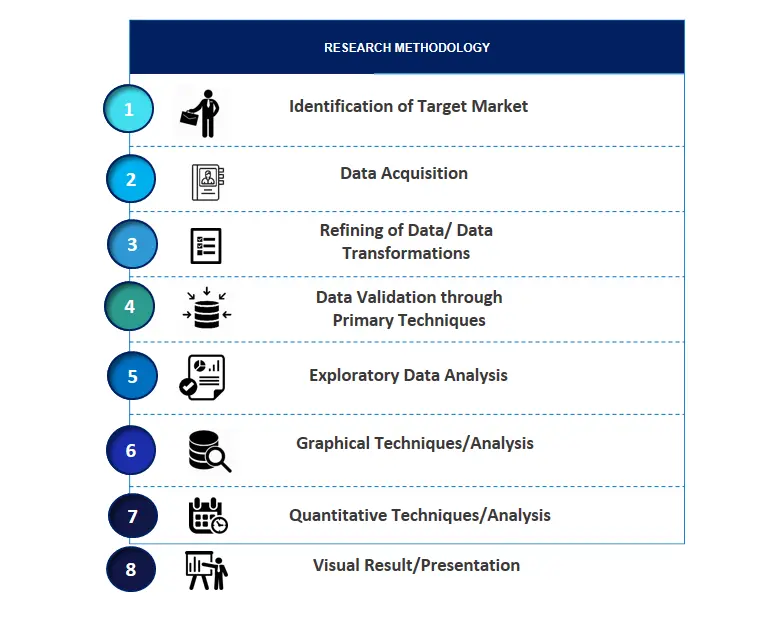
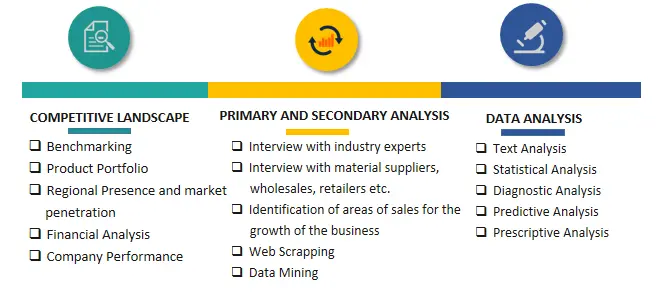

Frequently Asked Questions About This Report
PLACE AN ORDER
Year End Discount
Sample Report
Pre-Purchase Inquiry
NEED CUSTOMIZATION?
Request CustomizationCALL OR EMAIL US
100% Secure Payment

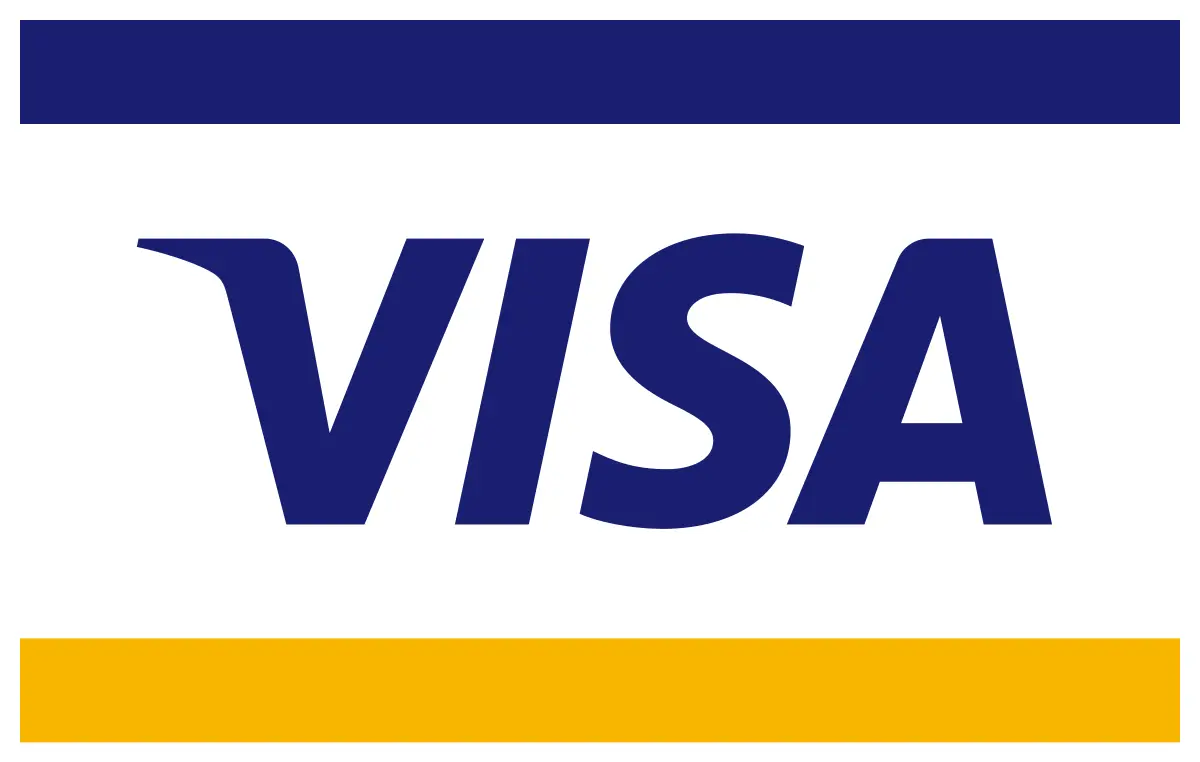




Related Reports
Our Global Clients
Our data-driven insights have influenced the strategy of 200+ reputed companies across the globe.






